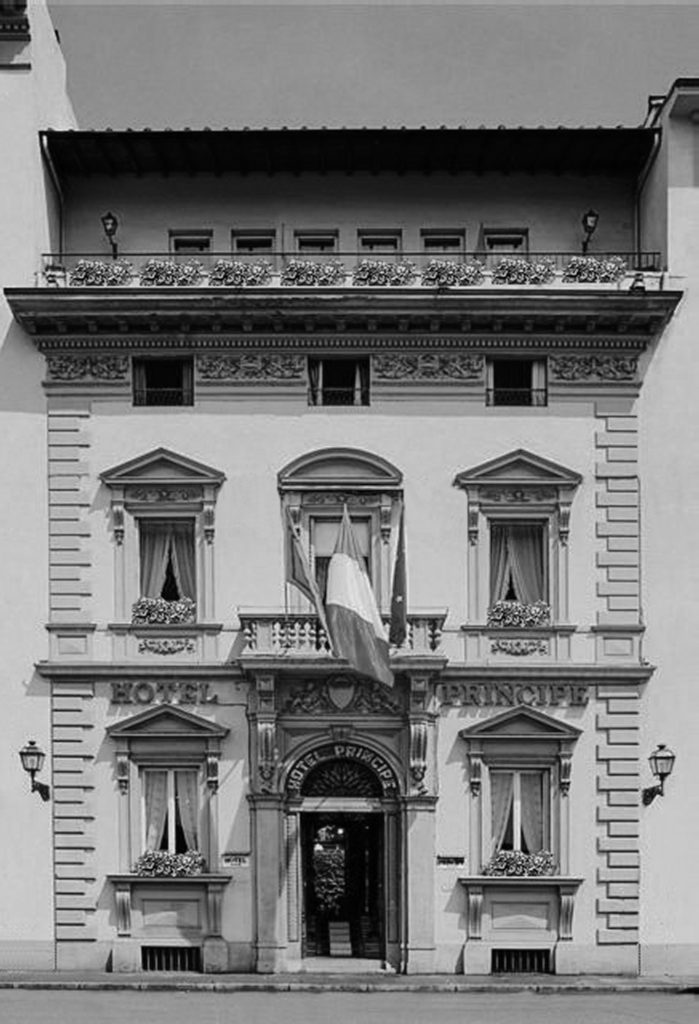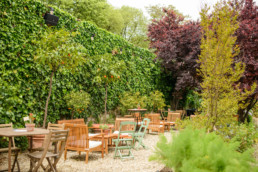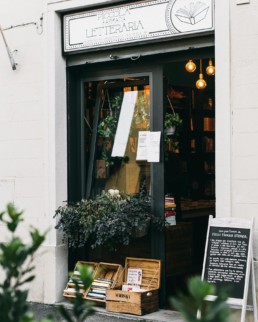
As you stroll along the Arno on Amerigo Vespucci, the Principe Hotel & Apartment‘s historic building will catch your eye for its beautiful facade adorned with elegant Greek frets under its eaves and the stone volutes on the side decorating the entrance door and windows. The palazzo has the solid, well-balanced lines typical of the latter part of the 19th century without being imposing like the others on the street, which all date from around 1853, when this stretch along the river was built, then called “Lungarno Nuovo.” According to the experts, the smaller size of this building is likely because it was built a few years after the others in the area and made use of the narrow space left between one building and the next.
What’s more, the building seems to have been built as a gesture of love: when Florence became the capital of Italy, from 1865 to 1871, it is said that King Victor Emanuel II had it built as a home for his beloved mistress and later wife, Rosa Vercellana, known in Piedmontese as the Bela Rosin. Her official quarters were in Villa la Petraia, a magnificent Medici villa in the Florentine countryside of Castello, now a UNESCO World Heritage Site, but we’d like to think that her city home was here. The building now home to Hotel Principe was not far from Palazzo Pitti, where the king lived, and it was in a neighborhood that was completely new at the time.
The fact of Florence becoming the capital of Italy had given impetus to a number of major public works that changed the face of the city from a medieval look to a modern one in keeping with great European capitals. The architect Giuseppe Poggi had parts of the historic walls and houses of the working-class neighborhoods demolished, building the avenues Viali di Circonvallazione, Viale dei Colli, and Piazzale Michelangelo, and the Lungarni riverside avenues where we are located.
The fact that the Principe Hotel & Apartment now stands in a magnificent position on the banks of the Arno River we owe to the few years when Florence was the capital of Italy, and just maybe also to the love of Victor Emanuel II for his Bela Rosin.
Words: Francesca Cosi and Alessandra Repossi
Photographs: Hotel Principe archive



